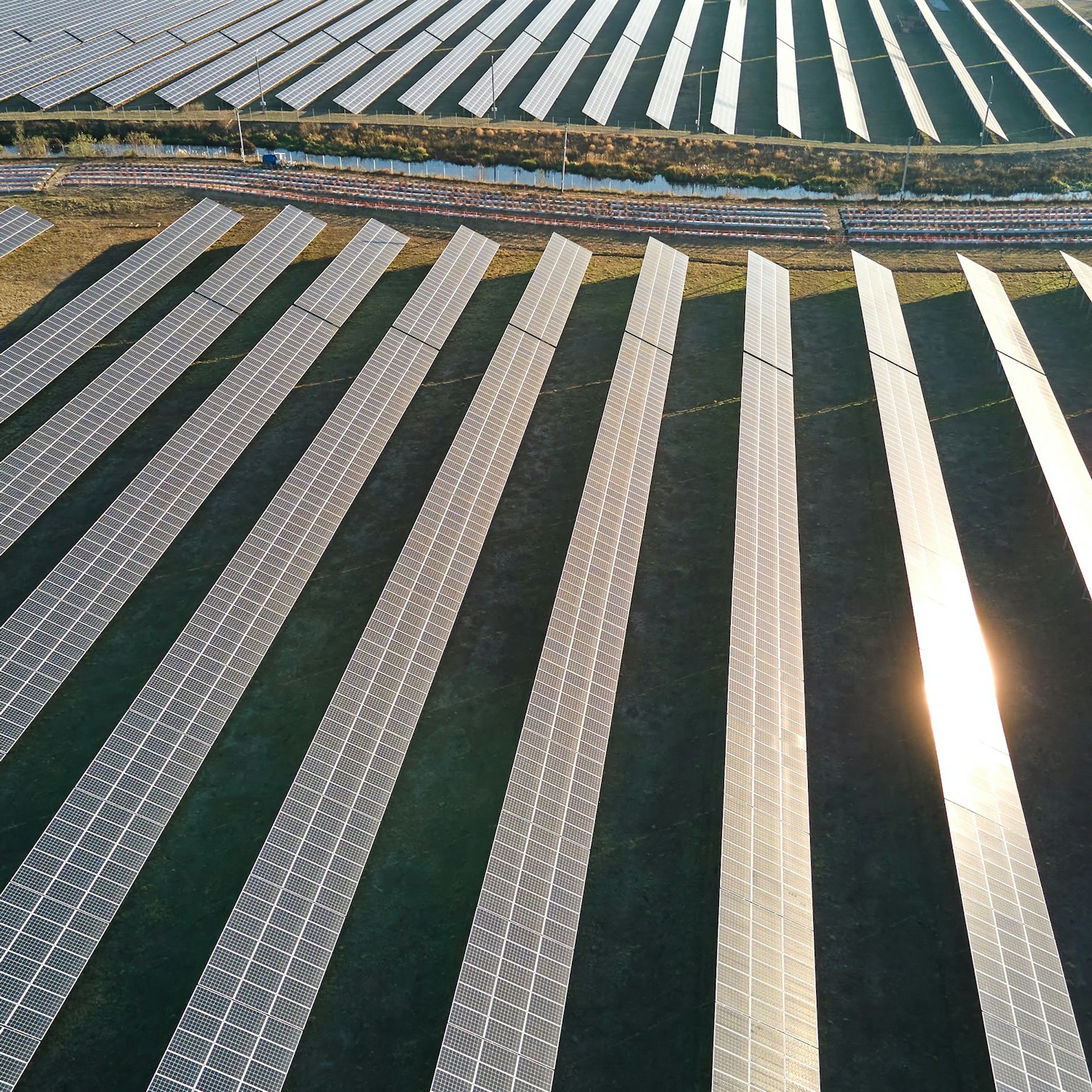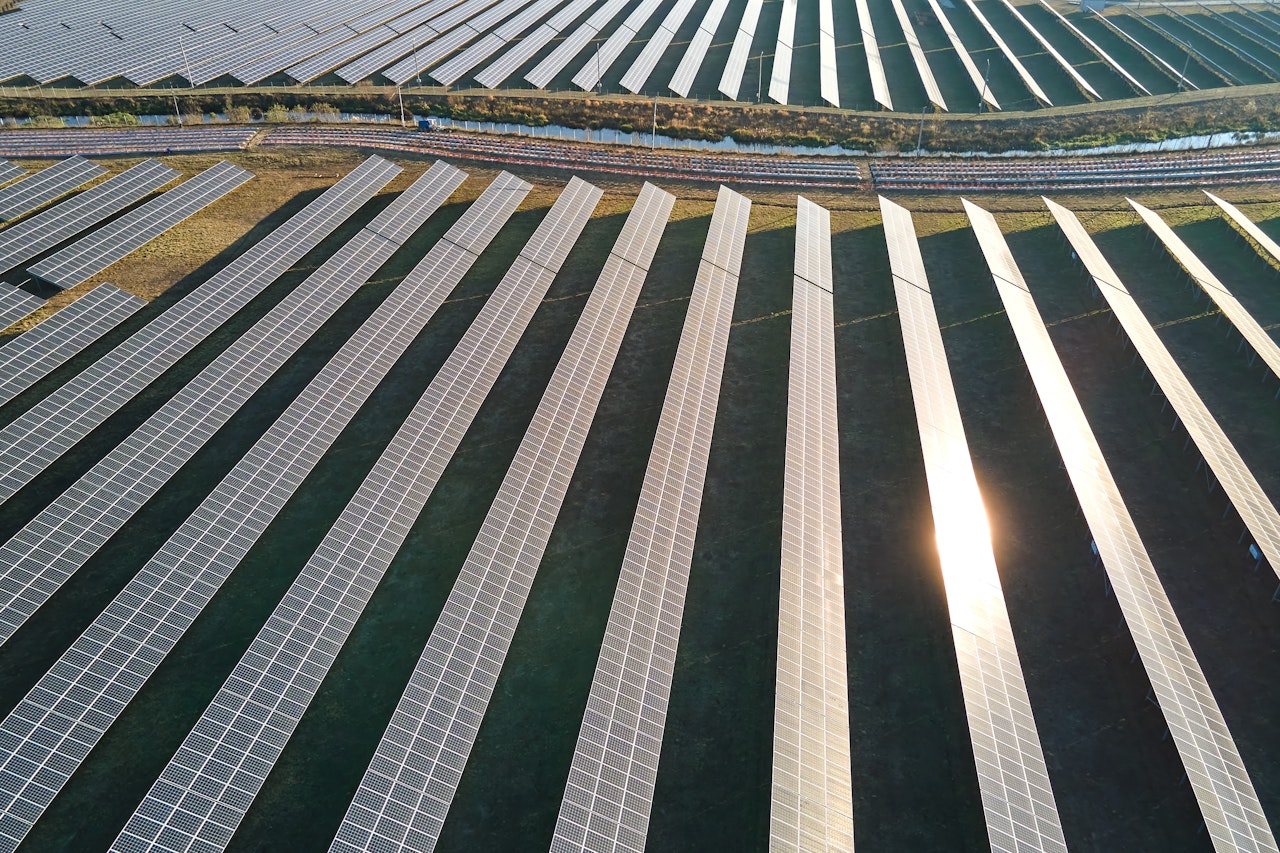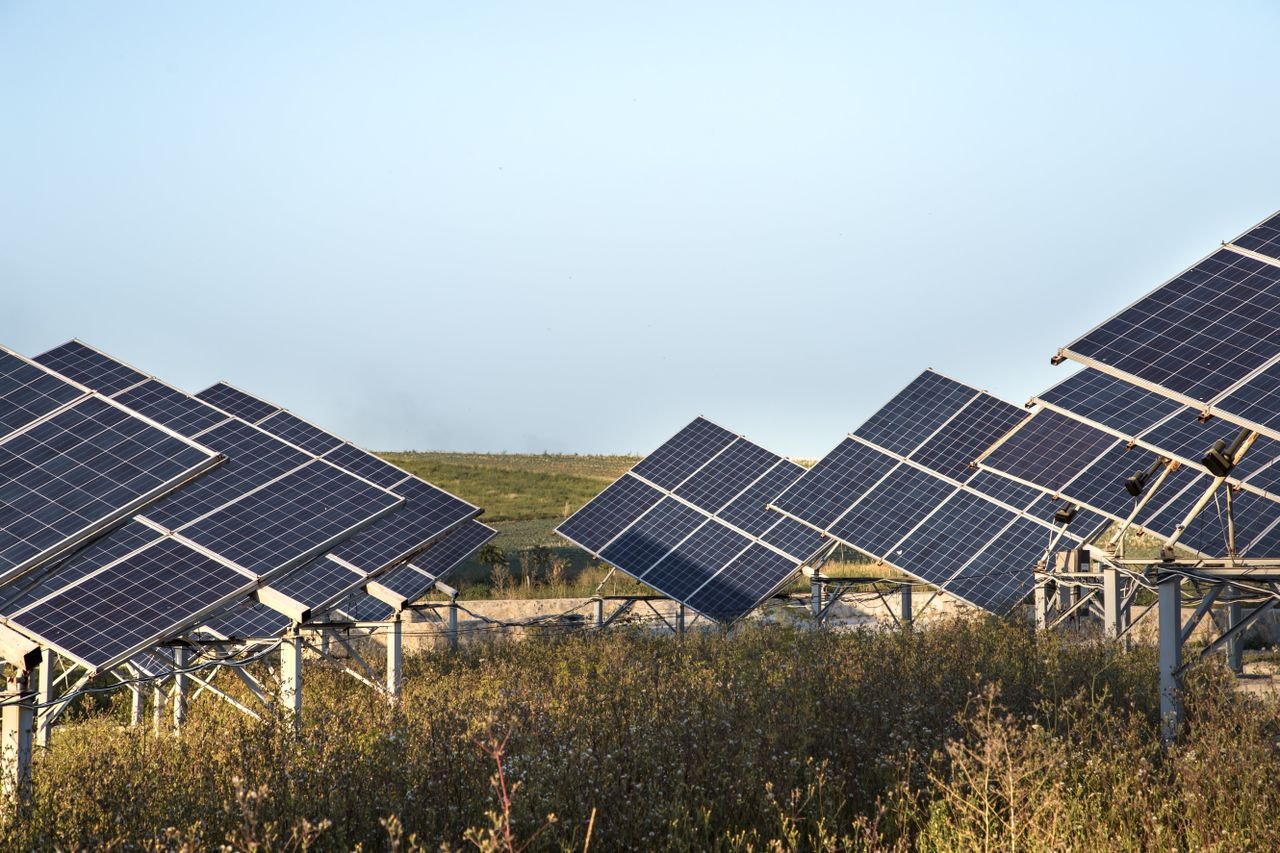- Solar energy blog
- How does far shading affect solar plant efficiency?
How does far shading affect solar plant efficiency?



Content
Planning a photovoltaic (PV) installation requires meticulous attention to detail. Designing a utility-scale PV project involves many factors, each playing a significant role in determining the solar plant’s overall efficiency.
For example, higher altitudes often experience cooler temperatures and thinner air, which can improve the solar panel’s performance. On the other hand, lower altitudes might lead to increased temperatures, potentially reducing solar panel efficiency.
Another consideration is the local climate. Areas with abundant sunshine will naturally yield higher energy production, but even in sunnier climates, varying weather patterns, such as cloud cover and humidity, can influence solar cell efficiency.
Panel type is another important variable. Monocrystalline solar panels, polycrystalline solar panels, thin-film solar panels, and other PV module types have unique efficiency rates and performance characteristics. So considering all these different aspects of a project before deciding on a solar plant design is essential.
To learn more about photovoltaic (PV) material prices in 2023 and how cost fluctuations are affecting solar energy production, download our go-to guide for PV material prices in 2023.
One often overlooked variable that can considerably impact a solar plant’s efficiency is the far shading or horizon effect. This phenomenon occurs when distant objects, like mountains or tall buildings, cast shadows on the solar installation. These shadows can significantly reduce the sunlight reaching the solar panels, ultimately affecting energy output.

What is the far shading or Horizon effect?
Simply put, the far shading or horizon effect is the amount of irradiance lost due to shading by objects included in the horizon line supplied to the modeling software.
In other words, it refers to the reduction in sunlight reaching a solar plant due to obstructions in the surrounding landscape, such as mountains or buildings. Understanding the far shading effect is crucial in determining the efficiency of solar panels in your PV installation and deciding on the optimal location for your solar plant.
To delve deeper into shading losses/ horizon effect and pick up best practices on how to design a more efficient solar PV system, listen back to our webinar: Mastering far shading: Strategies for designing efficient PV systems with resident expert Altair Veiga, Principal Consultant at RatedPower.
As mentioned, far shading calculations involve estimating the irradiance loss caused by objects along the horizon line that can impact part of or the entire PV plant. To make this calculation, a rough check is made to determine if the sun crosses the horizon, and a linear interpolation between the horizon points is performed. The sun’s height at its specific azimuth is then compared to the height of the interpolation. If the sun crosses the horizon line, the in-plane beam irradiance is scaled accordingly using higher resolution time steps within that period.
It’s also important to differentiate between near shading and far shading. While near shading focuses on individual PV modules and their shading, far shading assumes that a good portion or the entire plant is shaded.
The process entails examining each time period throughout the day and determining whether the sun is above or below the horizon at each point. If the sun remains below the horizon for the entire time period, zero irradiance is assumed for the plant. However, there may still be some diffuse and reflected sunlight present.

When the sun dips above and below the horizon during a given period, the proportion of time it spends above is calculated. By determining this at the design stage, you can gauge the efficiency of your planned solar plant. If you’re considering an installation in an area with a high horizon, you may find that the plant receives minimal irradiance relative to the available sunlight.
Evaluating the far shading effect can reveal whether your chosen location is suitable for a solar plant. Although a sunny region like Australia might seem like an ideal location for a solar installation, you may need to reconsider your options if the specific site is heavily shaded due to the horizon.
Understanding the far shading effect is a critical aspect of solar plant design. Considering how shading from the horizon impacts irradiance levels can help you make informed decisions about the best location for your PV installation, ensuring optimal solar panel efficiency and return on investment.
While this may sound complex, there are some great tools that allow you to examine the far shading effect during the planning phase by providing the horizon level for your specific location.

Increase the efficiency of your PV designs with RatedPower’s Horizon Importer
As a clean energy company focusing on solar photovoltaic technologies, RatedPower offers a powerful tool to help optimize your PV plant’s efficiency, called the Horizon Importer. With this tool, you can upload a customized horizon file to RatedPower, ensuring a more accurate estimation of far shading losses for your specific site.
Accurately estimating the far shading effect on a given location can be challenging. Many tools provide only a generic horizon for a location, which may not account for the unique nuances of your proposed site. At the same time, others might not offer this functionality. RatedPower’s Horizon Importer, however, allows you to import your specific horizon into RatedPower, ensuring an accurate projection of your shading levels.
To use the Horizon Importer, upload a horizon file in either .csv or .hor format containing the azimuth angle and height of points surrounding your site. There is no limit to the number of defined points, enabling you to create a detailed and precise model of your installation’s horizon. You can modify your horizon file by adding or deleting points from the original .csv or .hor file as needed.
By utilizing RatedPower’s Horizon Importer, you can take advantage of RatedPower's advanced features like its Battery Energy Storage System or Interconnection, detailed engineering documentation, and adherence to domestic standards. The platform caters to both technical and non-technical users, making it an accessible and valuable tool for anyone involved in large-scale solar PV projects.
The Horizon Importer is an essential tool for optimizing your PV designs. It helps you maximize your solar plant efficiency, analyze the chances of far shading losses, and determine the best location for your solar plant.
By leveraging RatedPower platform and its Horizon Importer feature, you can make informed decisions about your PV system, ensuring the best possible outcome for your project.
Latest stories
Related posts
Technology and engineering
Outsmarting congestion: How efficient solar design helps navigate Nordic grid limits
Learn how Nordic operators and solar developers are adjusting to tighter grid conditions and how policy and design decisions are keeping projects on track.
Updated 16 DEC, 25

Technology and engineering
The rise of ultra-thin perovskite solar cells
Learn about Japan’s $1.5B initiative to commercialize ultra-thin, flexible perovskite solar cells and how it could transform the solar landscape globally.
Updated 30 SEP, 25

Technology and engineering
The green hydrogen boom in LatAm
Latin America is emerging as a green hydrogen leader. Learn how LatAm countries are leveraging solar and wind power to drive green hydrogen production.
Updated 22 JUL, 25

- RatedPower
- Solar energy blog
- How does far shading affect solar plant efficiency?
 Watch a demo
Watch a demo Ask our AI Product Expert
Ask our AI Product Expert

